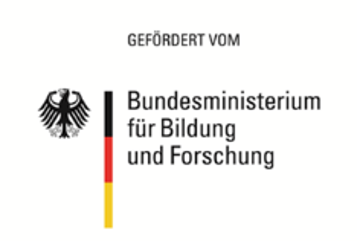Literaturdatenbank
An overview of urban resilience: dimensions, components, and approaches
Beschreibung
This paper investigates the theoretical and research literature on urban resilience. It examines various definitions of the concept and explores its social, economic, and institutional dimensions as components of a dynamic system. The study design was a descriptive review of relevant material collected from high quality scientific databases using the purposeful sampling method. The results indicated that the social ecology model of urban resilience provided a coherent and dynamic approach to the study of urban resilience. This model comprises economic, social, and institutional dimensions, the components of which have different functions in relation to urban resilience in the face of changes and pressures. To be effective, the system must be flexible and contain a variety of resources and functions to make predictions, deal with adverse events, and make provision for possible failures. System stability and balance require active and knowledgeable actors and institutions that enable appropriate communication between them. In this approach, a resilient city not only has the ability to absorb and withstand disasters, but also contains a variety of internal and external resources to regain balance. Resilient systems are the result of a series of decisions and actions at different times. The necessary capacities must be developed in the economic, social, and institutional dimensions to create economic stability, increase awareness and public cooperation, and develop efficient institutions to legislate for and implement urban resilience programs.
Erschienen
2021
Themen
Krisenvorbereitung & Prävention
Krisenbewältigung
Krisenbewältigung
Autor*innen
Irani, Mazdak
Rahnamayiezekavat, Payam
Rahnamayiezekavat, Payam
Zeitschrift
ASPAL (Acta Scientiarum Polonorum Administratio Locorum)
Band
20
DOI
10.31648/aspal.7054
